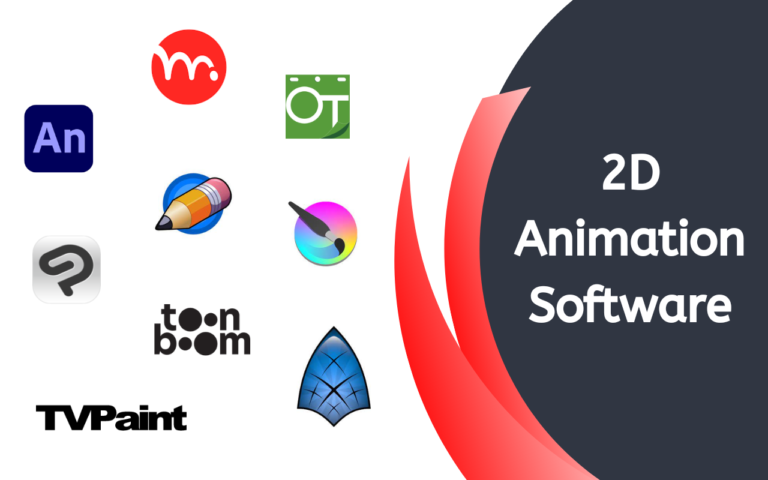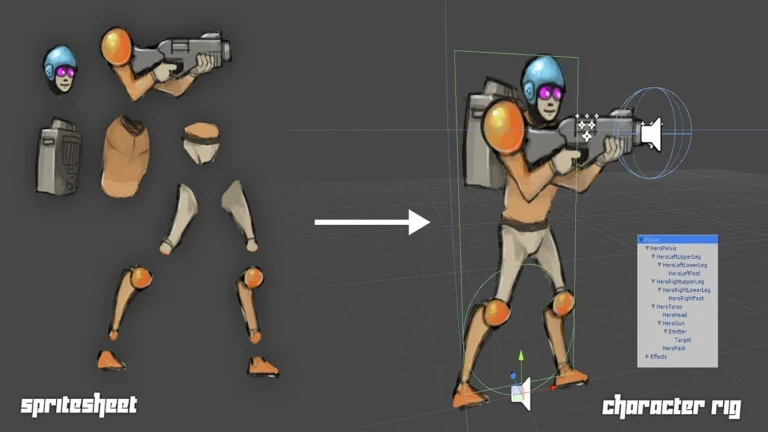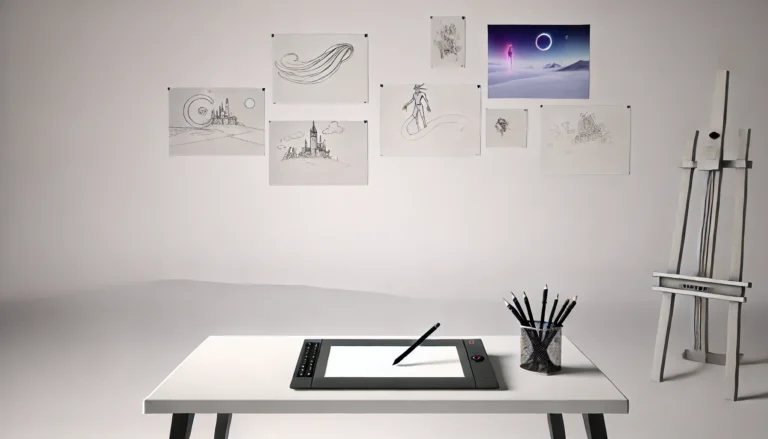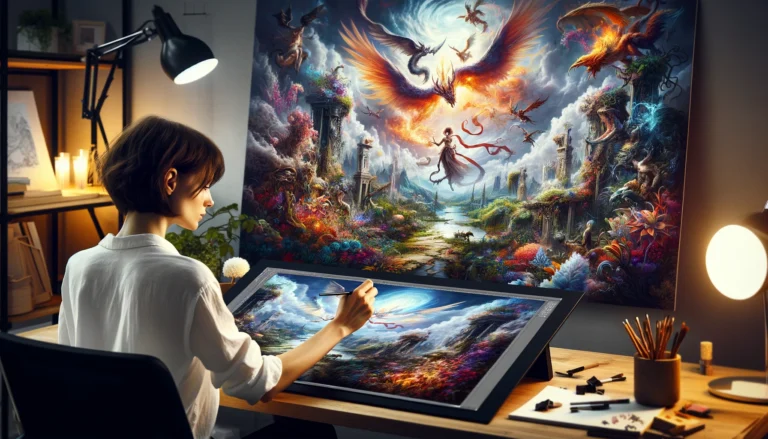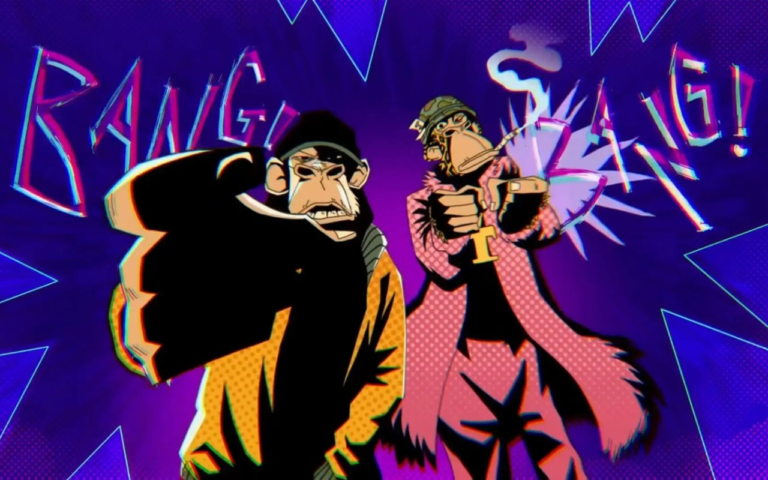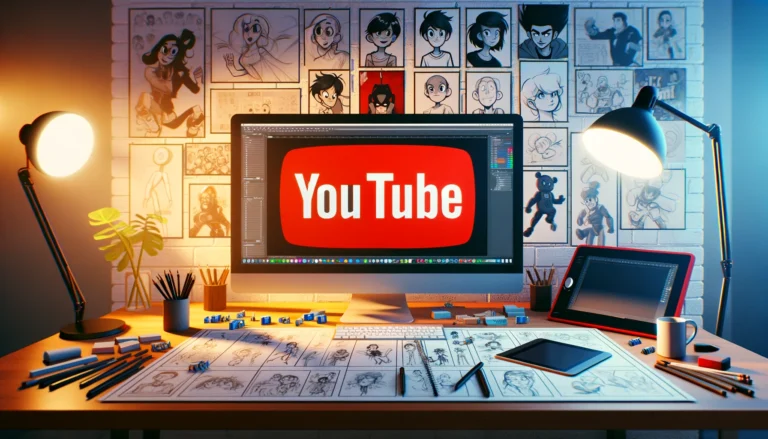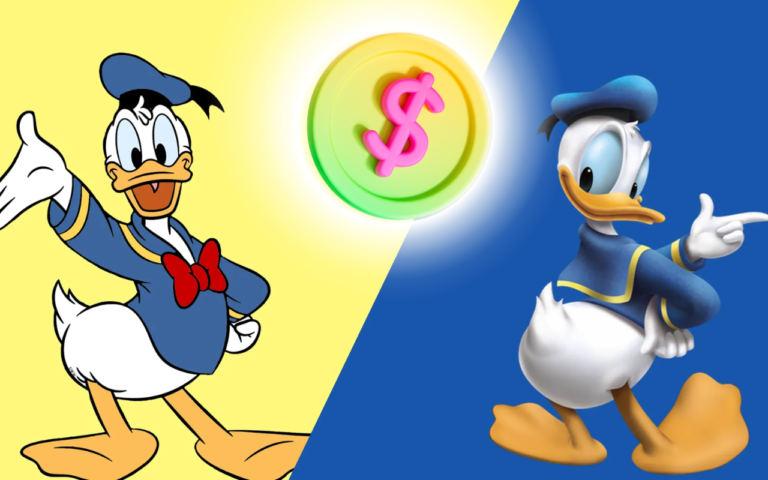Animation allows artists to bring all manner of characters and worlds to life in visually stunning ways. But what elevates great animation and gives it appeal and dynamism? Enter the 12 principles of animation originally developed by Disney animators in the 1930s. These principles contain fundamental techniques that allow animators to imbue their creations with energy, emotion, and personality. One of the most impactful principles is exaggeration.
In this article, we will expand on the technique of exaggeration, How you can use it to your benefit, and how professional artists use this technique to achieve audience appeal. Discussing how Walt Disney believed you have to go into the heart of anything and develop the essence of what you find.
I- What is Exaggeration in Animation?
As one of the 12 principles of animation, Exaggeration in animation refers to taking a character’s physical features, actions, or personality traits and amplifying them beyond the normal limits we see in our real lives. It involves stretching, distorting, or overstating something to add emphasis and appeal in animation. Exaggeration gives animators artistic license to take realistic attributes and stylize them for maximum effect.
For example, when animating a walk cycle, an animator may exaggerate the up-and-down bobbing movement to make the walk silly and comedic. They can make the head and torso sway wildly, extend the leg motions further than normal, and add quick bouncing to the steps. Or they may exaggerate a sad facial expression by making a character’s eyes extra large and luminous. The eyebrows angled sharply upward, and the frown very wide and pronounced. This principle applies to all aspects of animation, like characters, objects, and environments. they can all be exaggerated for added interest.
Bear in mind that exaggeration is a technique that builds up on top of other animation techniques created by Walt Disney and his associates (Frank Thomas, Ollie Johnston, and others) like Arcs, Slow In and Slow Out, Follow-Through and Overlapping Action, etc.
II- Using Exaggeration Effectively
Exaggeration is useful across almost all animation styles and applications. It can be subtle or completely over-the-top. Animators utilize exaggeration thoughtfully to:
II-I Convey Emotion
Enlarging and morphing a character’s facial features and expressions helps communicate important emotions like joy, sadness, or anger. Subtly dropping a character’s bushy eyebrows, enlarging the eyes, and extending the frown can vividly enhance a sad feeling.
II-II- Adding Humor
Some of the best humorous animations exaggerate movements and personalities to ridiculous levels. Stretching facial features way beyond normal proportions or distorting limb motions in extreme ways is an easy route to comedy.
II-III- Increasing Appeal
Exaggerating a character’s most distinguishing features makes them more visually engaging. Unique body shape language, proportions, coloring, and patterns are appealing when styled with selective exaggeration.
II-IV- Bring Objects to Life
Even inanimate objects become more lively and fun when exaggerated thoughtfully – cars bouncing energetically, flowers blooming rapidly, raindrops morphing to dagger shapes.
II-V- Pacing and Timing
Exaggerating the speed and timing of actions adds important emphasis and improves storytelling. For example, quickly exaggerating to a large, open-mouth gasp conveys surprise. Slowly exaggerating a wind-up adds anticipation.
However, animators must be careful not to take exaggeration too far. Subtlety and selective use keep things believable. Exaggeration works best when it focuses on the most important story elements. Overusing it can make an animation look unrealistic, distracting, or less appealing. It takes experience to learn when and how strongly to apply exaggeration.
You might be asking, but where is the line when it comes to exaggeration? Exaggeration can be something as small as pushing the timing of an action by a couple of frames or as broad as your character animation becoming completely compressed just before a jump. Bear in mind that a lot of exaggeration will usually create a cartoonish effect.
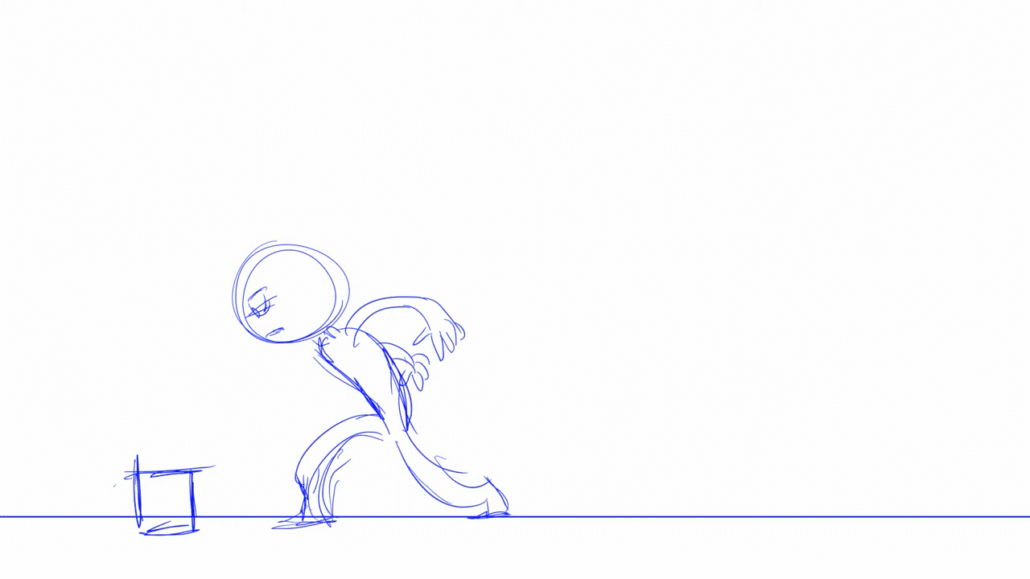
III- Examples of Exaggeration in Animated Films
Many classic animated movies demonstrate exaggeration applied effectively to delight viewers. Here are some notable examples of character animation services:
Snow White (1937): The Queen’s transformation into the old hag is depicted through exaggerated shapes, motions, and sinister expressions. Her new facial features are elongated and warped while her motion becomes jittery and tense, heightening the dramatic, evil nature of the character.
Pinocchio (1940): Pinocchio’s growing nose when he lies is an exaggerated symbol of dishonesty immediately understood by the audience. As his nose expands, it reflects his guilt in a humorous, relatable way.
Alice in Wonderland (1951): The characters and environments are highly exaggerated throughout the film to convey the bizarre, surreal atmosphere of Wonderland. Alice’s extreme size fluctuations are a prime example, as she grows to giant proportions or shrinks down to mouse-sized.
Aladdin (1992): Genie’s shape-shifting and morphing abilities allow for constant exaggeration for comedic effect as he transforms his face, body, and motions drastically into any number of creatures and objects.
The Incredibles (2004): Elastigirl’s stretching powers are exaggerated when she shapes herself into a parachute or extends her limbs incredibly far, showing the humorous possibilities of her super abilities.
Kung Fu Panda (2008): Po’s rotund belly and love of food are exaggerated for both humor and character development, like when he dreams of dumplings and turns into a bouncing ball of fluff.
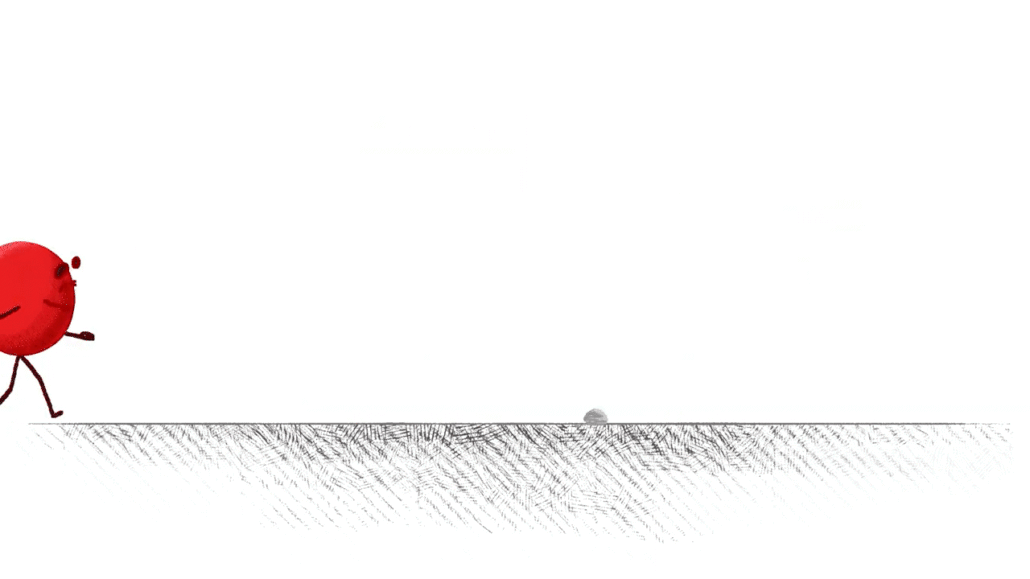
Conclusion
When used thoughtfully, exaggeration takes animation to the next level, making motions and personalities more dynamic and compelling. It’s no wonder experienced animators consider it one of the most impactful principles. Even subtle exaggerated touches go a long way in enhancing appeal and interest. Of course, restraint is necessary as too much exaggeration can have the opposite effect. Overall, this classic animation principle remains an indispensable tool for injecting humor, emotion, and visual flair.
